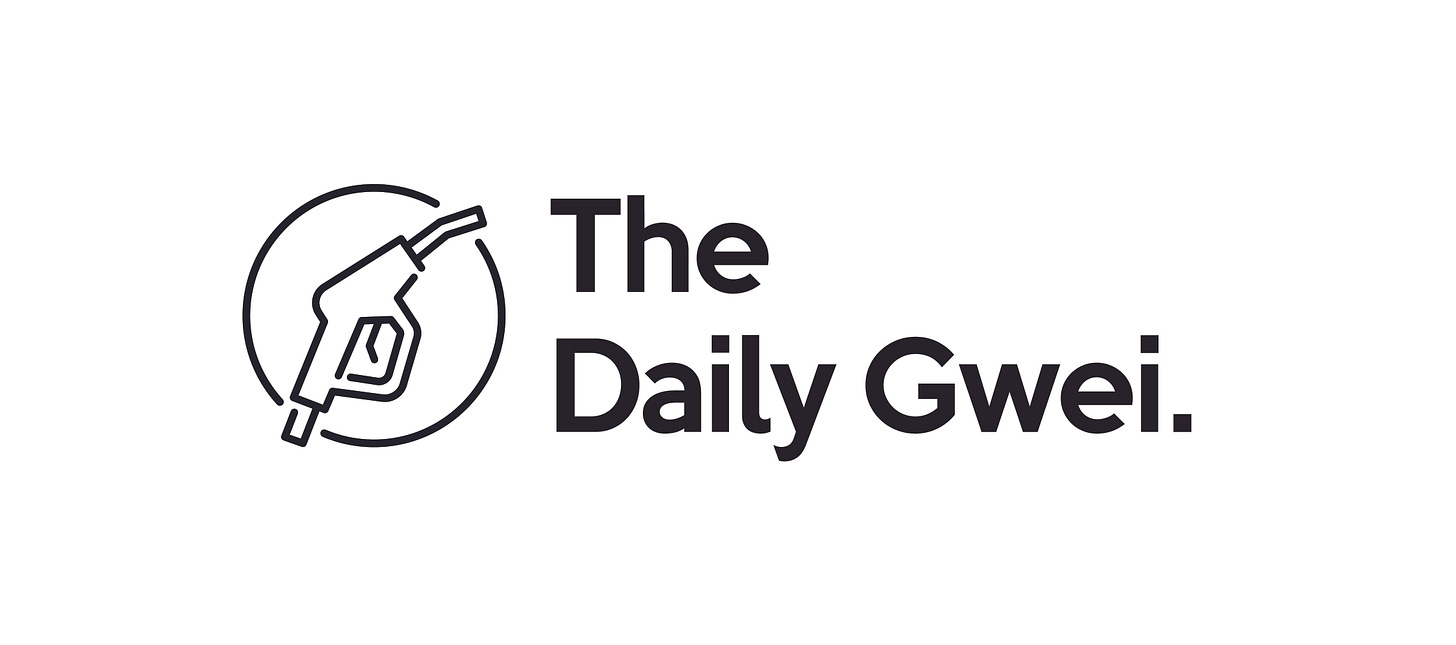The Ethereum network (across both the consensus layer and execution layer) currently has 9 clients that are being actively maintained and worked on. Due to this, and as Tim Beiko notes below, it adds overall complexity to the development of Ethereum. Though in return for this complexity we get much more extra brain power which obviously is a huge net positive for Ethereum as a whole.

The crypto ecosystem talks about tradeoffs a lot and this is one of them - Ethereum as an ecosystem is trading off some simplicity in order to attract more brain power - and personally I think this is an excellent tradeoff to make. Obviously it would be a poor tradeoff if we had 9 clients being worked on and only a handful of people contributing, but by my count there are literally hundreds of people actively involved with core development at this point (and that’s not even counting the people working on layer 2 technology).
Regardless of the above, Ethereum has always been able to attract the top minds to work within its ecosystem for a range of different reasons. I mean, Ethereum is where things like DeFi, DAOs and NFTs were pioneered and turned into multi-billion dollar “businesses” and Ethereum is also where important infrastructure like rollups were invented. The Ethereum Proof-of-Stake implementation is also completely novel and built from scratch - something that almost all other PoS networks have not achieved. I could obviously go on about all the innovations that the Ethereum ecosystem has birthed, but I’ll digress for now.
Finally, as Tim notes in his tweet, if Ethereum only had a single client implementation then it’d probably be much harder to attract all of these smart people. Of course there are other factors that play into this too - such as there actually being interesting things to work on in Ethereum - but having multiple clients fosters a culture of openness and inclusivity that just couldn’t exist with a single client. I think the clearest example of this is that the clients aren’t all written in the same programming language - this allows people who, for example, don’t want to write code in Go (what Geth and Prysm use) to instead write code in something like Rust (what Lighthouse uses).
My bet on Ethereum is mostly a bet on it continuing to attract the best and brightest minds who bring amazing innovations to the table. The best part is I’ve only seen this attraction of great minds accelerate over time and it shows no signs of stopping - Ethereum core development in particular is in the best state its ever been in. I think as long as Ethereum continues to be interesting and diverse to work on, it will continue to attract the brightest minds.
Have a great day everyone,
Anthony Sassano
Enjoyed today’s piece? I send out a fresh one every week day - be sure to subscribe to receive it in your inbox!
Join the Daily Gwei Ecosystem
All information presented above is for educational purposes only and should not be taken as investment advice.




